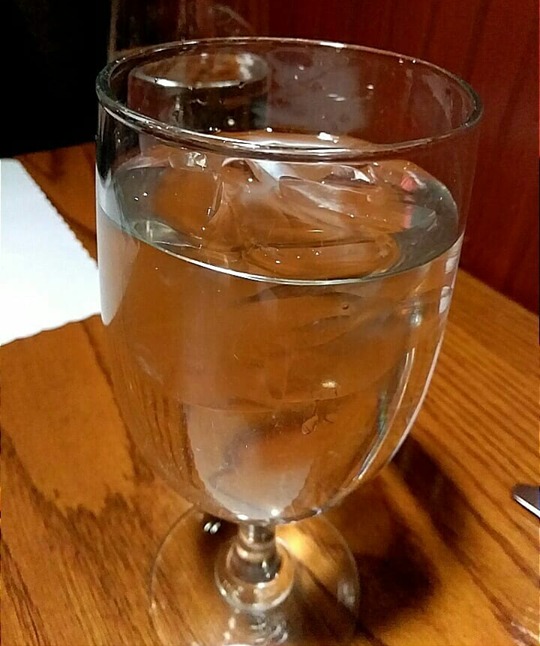
Mean Green Juice
Revitalize your day with this homemade Mean Green Juice recipe! Packed with fresh fruits and veggies, it’s a delicious boost of health.

Revitalize your day with this homemade Mean Green Juice recipe! Packed with fresh fruits and veggies, it’s a delicious boost of health.

The Best Sangria I’ve written and posted a Sangria recipe previously before. That’s not to say that it isn’t the best for it’s genre but that recipe is entirely different, in essence, compared to this one. That Sangria recipe, was a Peach Sangria and it is amazing. This, however, reprises ingredients that make up the…

The Easiest Way to Bottle and Store Wine This is the Fourth installment to my “How to make Wine” video and blog post series. If you’ve missed the other posts and video tutorials, refer to the link above to get caught up. So far we’ve gone through the “Primary Stage” and the “Secondary Stage” of…

These are Great Mixers This company contacted me recently for a collaboration, which pretty much means that I get to try their product for free and pass on a discount for you, and all for the small price of show casing their product. So, just know that I’m not getting paid for this and I’m…

Discover the art of home wine-making! This step-by-step guide covers the primary stage, where fermentation begins. Perfect for beginners ready to craft their first batch.

The Best Juice Popsicle’s One thing that I love to have in the freezer during the summer time is a bag full of Popsicle’s for the whole family. There are so many wonderful flavors to choose from and they’re so tasty but which ones do you buy? Well, lately I’ve stuck with the old Otter…

The Best Bloody Mary I’ve always loved a good cocktail and this Bloody Mary Brunch is no exception because it’s got it all. Not only are they known for being a fantastic hangover cure, restaurants around the world are now making them a meal by adding epic ingredients to the garnishment. It use to only…

The Best Mangonada If you love a good Mangonada, you’re going to love this recipe. If you’re not familiar with it, it’s known by several other names you might recognize it for like Mangoneada, Mangonanda or Chamango. Basically it’s a Mexican fruit drink that is made with Chamoy, fresh Mangos, Lime juice and Chili Powder…

Caffeine Awareness Month Every March is Caffeine Awareness Month. Let’s face it most of us need a little caffeine in the morning to get us started for the day. As normal as this has become in our society, this is not a new idea. In 1819 Friedlieb Ferdinand Runge, a German chemist, was the first…

Water The Source of Life Every living thing on this planet needs water to survive. 70% of the Earth itself is covered by water. On average our bodies are made up of 60% water. When you put that into perspective, I think we could all agree, the main thing we should be consuming in our…